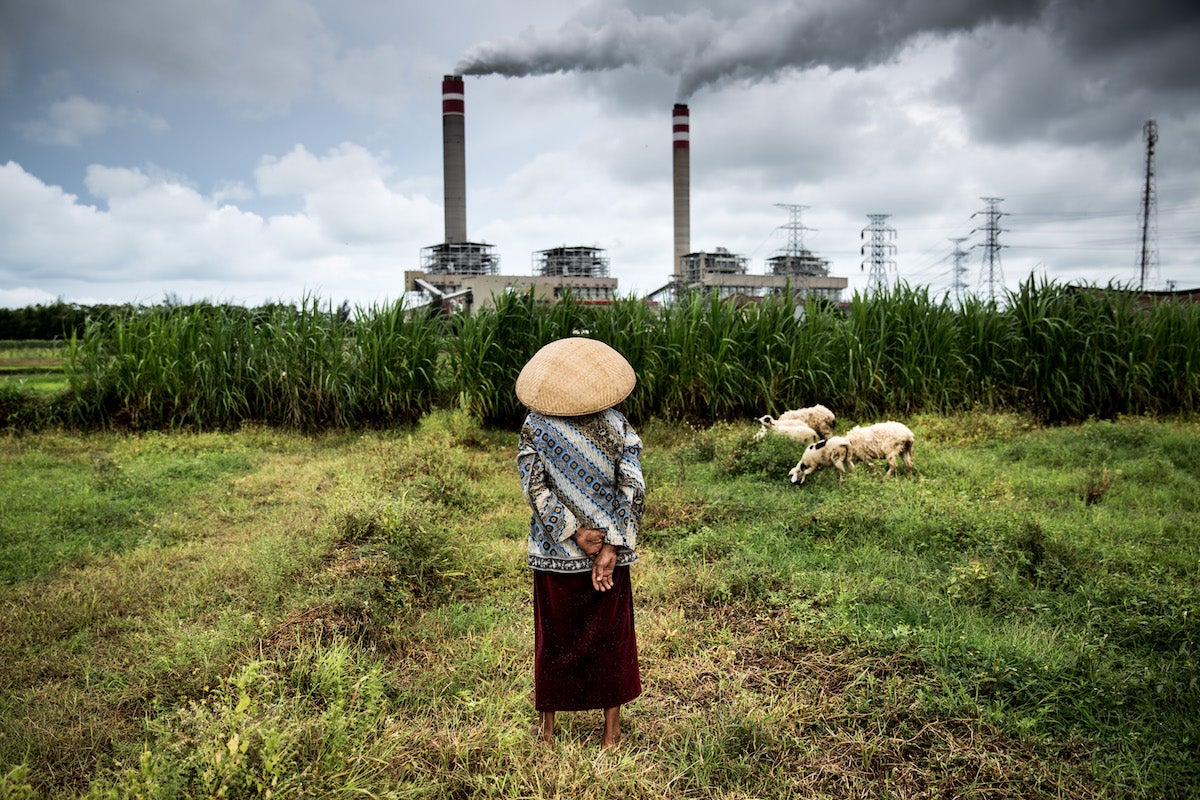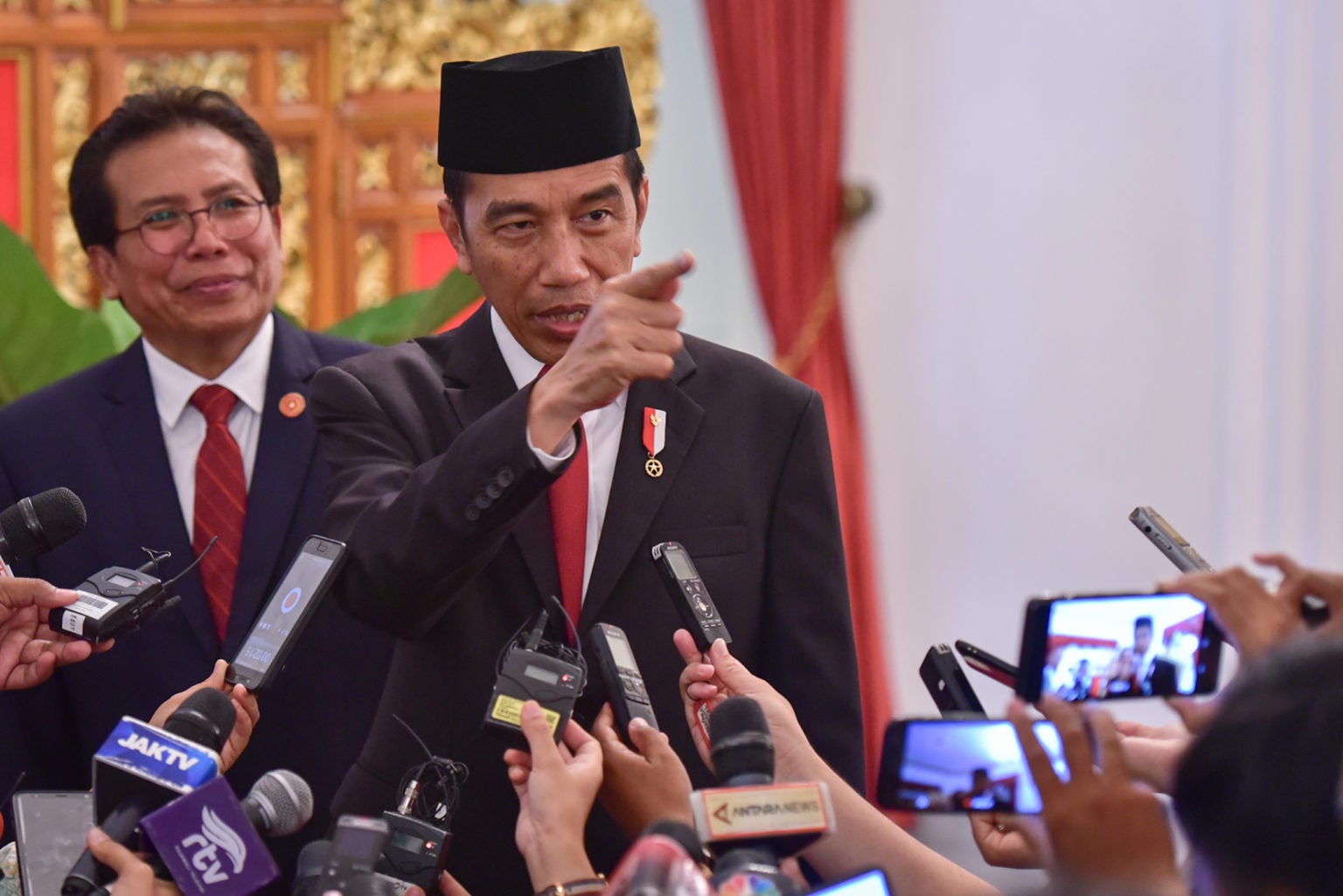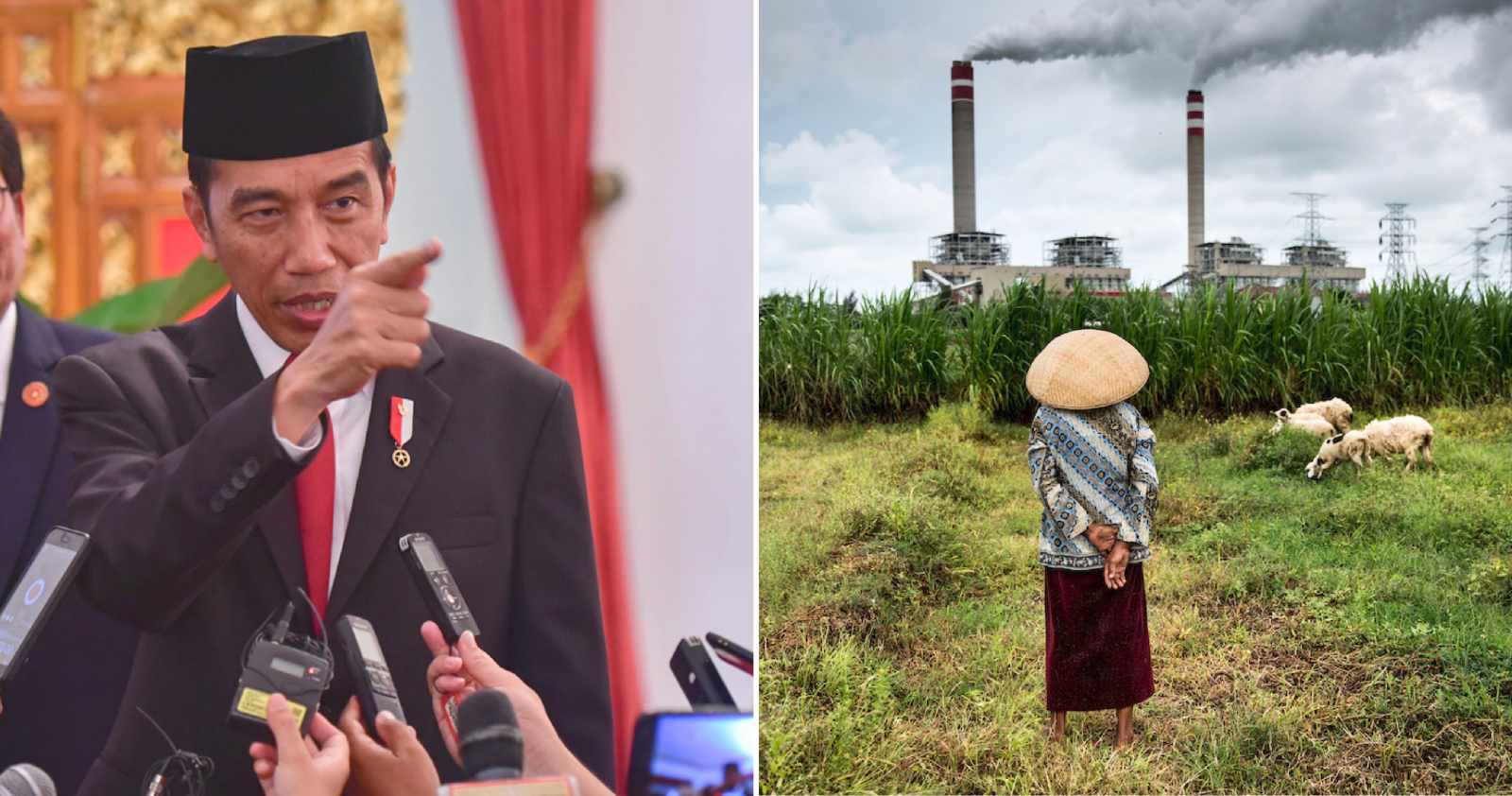This move makes relevant industries such as power plants and industrial facilities to have more lenient regulations and cheaper operations but would pose a serious threat to the environment!
The Indonesian government has controversially declared coal ash as no longer being a hazardous waste product through a new regulation issued on 2 February 2021 that was part of the country’s omnibus law on job creation. The move was made despite the fact that coal ash does indeed contain hazardous material including heavy metals such as mercy, lead and arsenic.
As reported by Mongabay, this move was part of the Republic’s efforts for greater deregulation to attract more industrial investors into the country. Indonesia is one of the world’s top coal producers which itself fuels the majority of the country’s power generation.

The delisting of coal ash as a hazardous waste was also seen as a response to lobbying efforts by industry groups who wants to sell coal ash to the construction industry. Furthermore, it will also make fly ash and bottom ash from the burning of coal in power plants or any other industrial facilities deemed as inert or producing non-hazardous waste.
Trend Asia, an Non-Governmental Organisation (NGO) that advocates for wider use of clean energy reacted to the decision by stressing,
“The decision to erase these coal wastes from the list of hazardous waste is problematic and a very bad news for the sustainability of the environment and public health,”

President of Indonesia, Joko Widodo (right).
The NGO also iterated that coal wastes are highly toxic to the environment as well as to public health. It contains chemical compounds such as arsenic, lead, mercury, chromium and others that are detrimental to one’s health.
Coal mining itself has destroyed some the country’s rainforests and claimed many lives. In East Kalimantan, more than 630 open-pit coal mines have been left behind by mining companies and these holes have claimed the lives of at least 27 people, mostly children. Moreover, pollution from coal-fired plants have continued to jeopardise the health of millions in Indonesia.






































